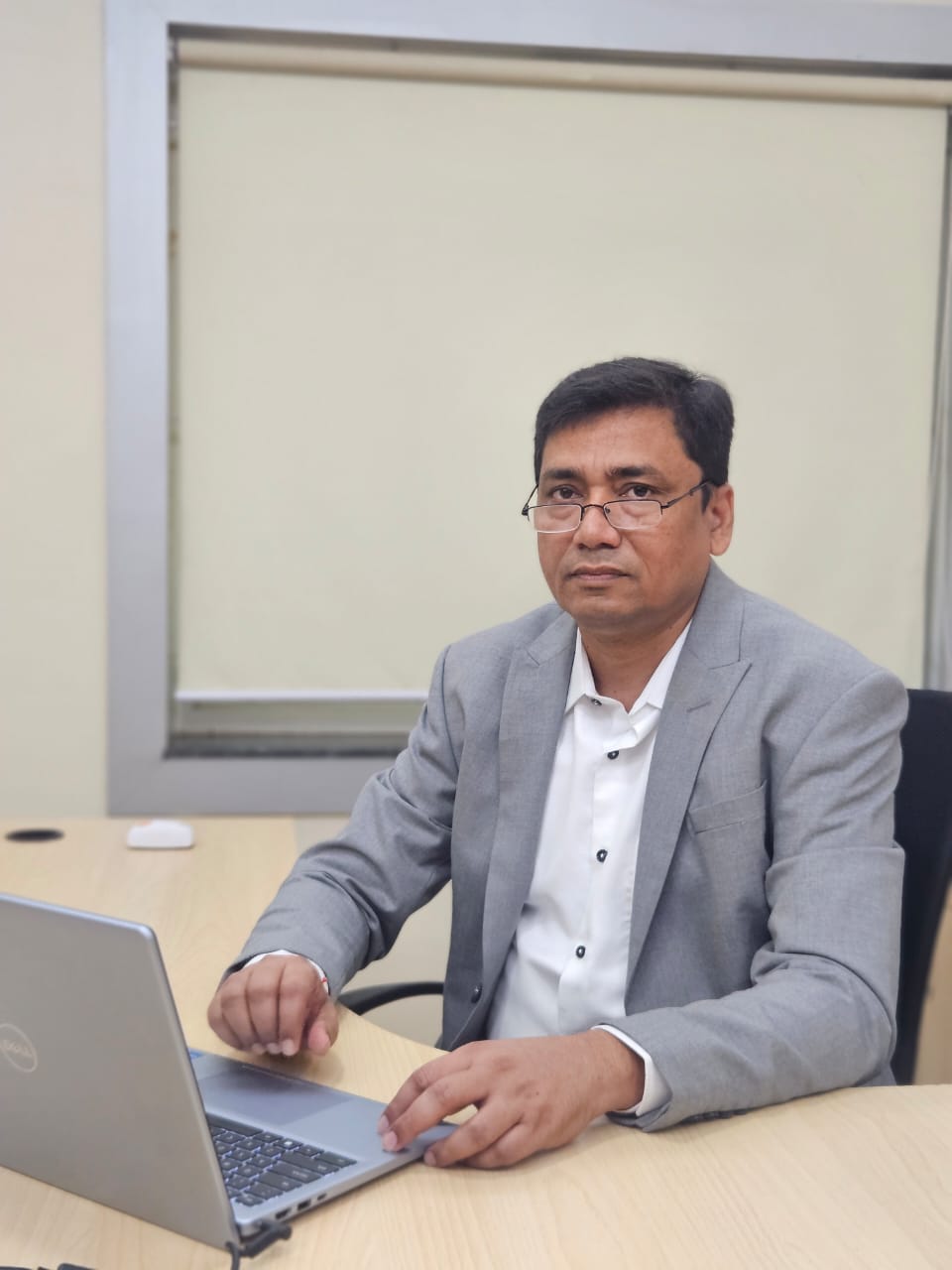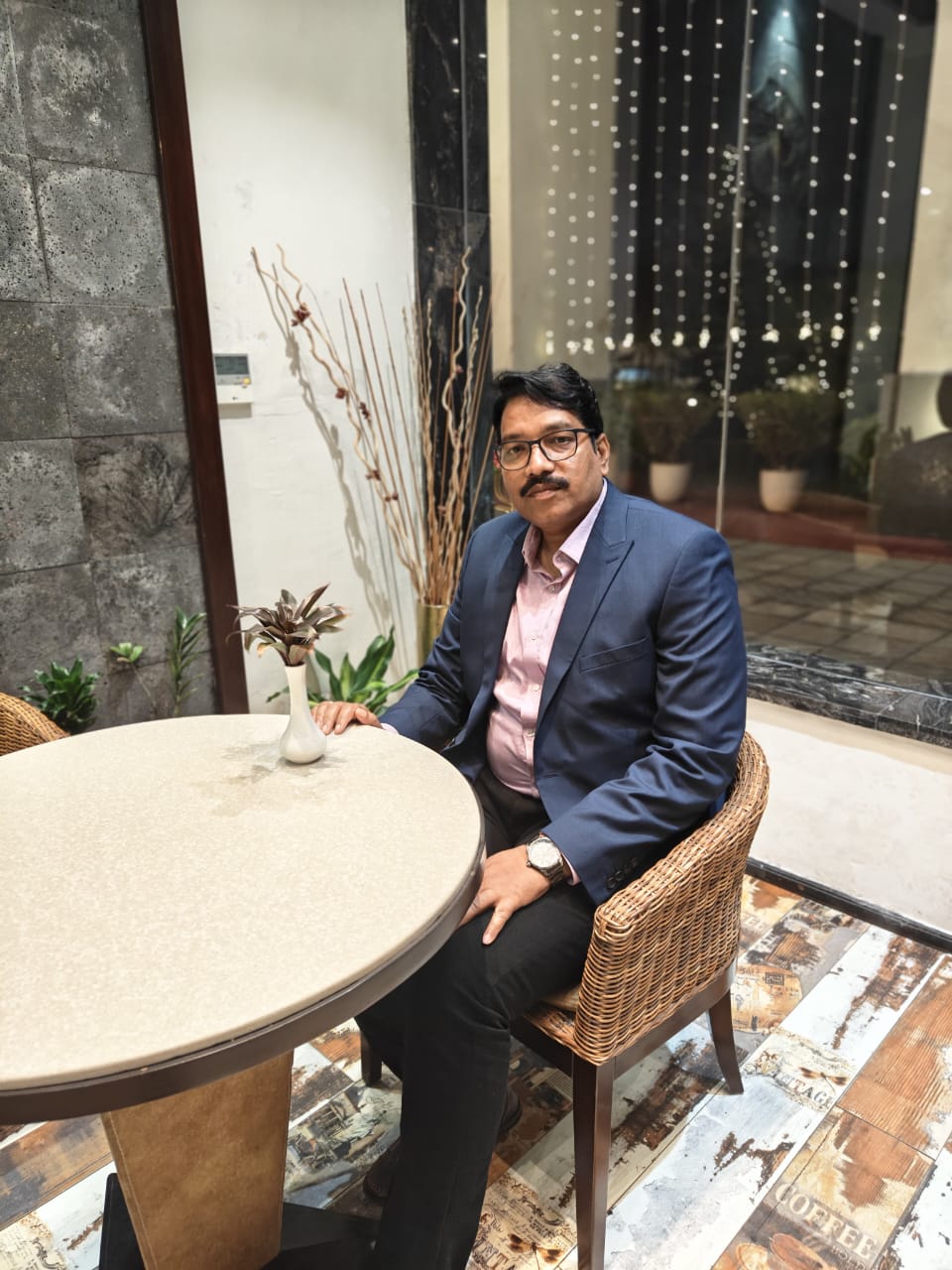Just last year, on Handloom Day, our elder sister from our native place bought a saree, thinking it was handloom-made, but it turned out to be powerloom-made. She even posted a picture of it on Facebook. I had to call her and show her a short video on how to differentiate between handloom and powerloom fabrics. She then said, “If only I had known earlier, I wouldn’t have made such a foolish mistake.”
And just like that, we have completed ten years of Handloom Day celebrations across India on 7th August. Though interest in the handloom industry has slightly increased, we still have a long way to go. Today, it’s essential that we step out of the self-indulgent world of social media ads and seek real solutions to the problems of handloom artisans and have the courage to walk that long road.
Just three months ago, we conducted a field study on handloom textiles in Dhalapathar, a village just 40 miles from Bhubaneswar, known for its GI-recognised handloom heritage. We discovered that 75% of Bhubaneswar’s residents had never even heard of the famous handlooms of Dhalapathar. Still, a few designers and a handful of weavers are striving to keep Dhalapathar’s heritage alive.
When we spoke with the head of the local weavers cooperative in this village, we found that the cooperative suffers from a lack of working capital. They do not have the financial capacity to fulfil large orders. In contrast, in Sambalpur district, we saw the immense pride the locals take in Sambalpuri handloom sarees. This cultural pride has significantly contributed to the success of one of Odisha’s largest handloom cooperatives, Sambalpuri Bastralaya.
Meanwhile, in Nuapatna (65 km from Bhubaneswar), where the fabrics for Lord Jagannath of Puri are woven, we found that many weavers are not allowed to be part of their village’s weaver society simply because they belong to a different political party than the ruling one.
Although these field surveys were from Odisha, the same issues plague weavers cooperatives across India — urban apathy, lack of financial capital, political interference, economic opacity, bureaucratic delays, and lack of visionary leadership.
India has about 2.6 million weavers, of which only 1.68 lakh are part of cooperatives. About 5.08 lakh weavers rely on middlemen or master weavers for raw materials, designs, and predetermined wages. The rest are independent producers. According to the 2019–20 Handloom Survey, 66% of weavers earn less than ₹5000 a month, with the worst conditions faced by those dependent on middlemen.
We do have examples of successful weaver-entrepreneurs like Biren Basak from Phulia, West Bengal, and Chaturbhuj Meher from Sonepur. A few others are doing well independently. However, for the rest — poor weaver-entrepreneurs and middleman-dependent weavers — successful cooperatives are vital. We also need to financially strengthen existing cooperatives. The National Cooperative Policy published in July 2025 opens up new possibilities for rethinking weavers cooperatives. Amid many things we have not achieved, this is a major step forward on Handloom Day 2025.
India formed its first Ministry of Cooperation in 2021. The central government has asked all states and Union Territories to frame their cooperative policies by 31st December 2025. Every weavers’ cooperative must submit their issues and demands to their state government, such as:
lack of working capital
access to affordable low-interest loans
marketing assistance
proper training in design, technology, marketing, and cooperative management
support to build Common Facility Centres (CFCs) in every cooperative
The central cooperative policy presents a framework to solve these issues by bringing professionalism into cooperatives, educating youth in cooperative principles, linking small cooperatives with national-level cooperative institutions, and learning from India’s leading community-centric cooperatives like IFFCO, AMUL, and SEWA (Self-Employed Women’s Association).
The policy also emphasizes inter-cooperative collaboration and knowledge sharing, special benefits for marginalised communities, easier access to affordable loans so cooperatives can compete with large businesses, the creation of three new national cooperatives, a national brand for eco-friendly cooperative products, and even the establishment of a National Cooperative University.
Historically, civil society has had a duty in building cooperatives. It must ensure that the demands of small cooperatives reach governments, that states allocate funds accordingly, and that they represent these issues to the central government. Most importantly, we must support our local cooperatives by purchasing their products, helping improve their quality, and assisting in their marketing without depending on political affiliations.
India’s largest women’s trade union, SEWA, has successfully run cooperatives for nearly 70 lakh women, completely apolitically. It can be our inspiration to build apolitical cooperatives.
To build the future of the handloom sector, we need both independent weaver-entrepreneurs and strong cooperative structures. We also need a sensitive civil society and responsible corporations. In FY 2023–24, Indian companies spent approximately ₹18,000 crores on CSR. Indian textile and fashion companies contribute significantly to this.
It is important to know, the Government of India’s textile department spent only ₹200 crores on handlooms in 2022–23, which is just 7.83% of the total textile budget. In 1997–98, the handloom allocation was 27.34%. In 2017–18, it was ₹604 crores. Much of the reduced handloom budget has been shifted to the power loom sector. Thus, demanding CSR funding of the textile and fashion corporations to be redirected toward the handloom sector is logically essential. This money can enhance handloom cooperatives and support handloom entrepreneurs.
India’s National Cooperative Policy envisions a powerful third sector, apart from government and corporates — the community sector. Famous economist and former RBI Governor Raghuram Rajan calls it the Third Pillar. Efficiency of this third sector can help reduce India’s massive economic inequality. Encouraging urban communities and enhancing people’s economic power through cooperatives could strengthen India’s domestic market amidst global uncertainties.
And one more thing — this time, our sister bought a handloom saree from her nearby locality, sent us a WhatsApp photo today, and said, “This time I wasn’t fooled, brother. I even bought two more sarees for my daughters!”






